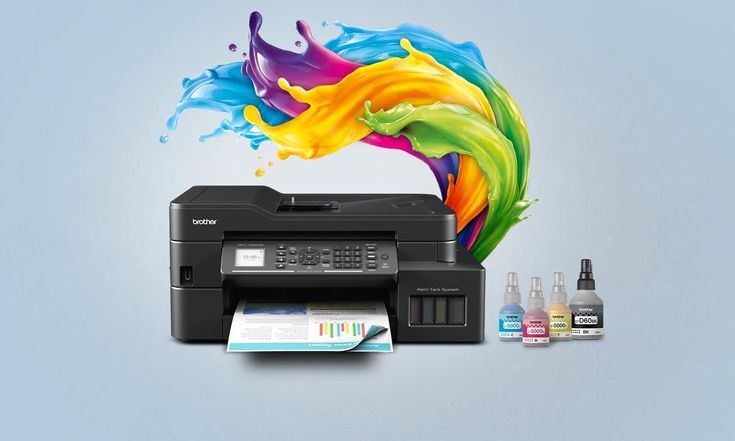Menu

Vector graphics are a designer’s best friend—offering scalability, precision, and flexibility. But even the most polished design can fall flat if exported incorrectly. From color issues to file incompatibility, the wrong settings can ruin your work. Whether you’re building visuals for a website or sending files to a print shop, understanding how to export vector files properly is essential.
In this guide, we’ll cover expert strategies, recommend the best tools, and share real-world use cases. For those seeking ready-to-use files, SeekVector also provides free, editable vector templates designed specifically for print and web compatibility.
Before exporting your design, it’s important to understand which vector file formats serve which purpose. Choosing the right one can prevent major headaches later.
SVG (Scalable Vector Graphics): Best for web use—lightweight and responsive. Learn more about why SVGs are ideal for the web from MDN Web Docs.
AI (Adobe Illustrator): Fully editable format used in professional design workflows.
EPS (Encapsulated PostScript): Universally accepted in printing and publishing industries.
PDF (Portable Document Format): Ideal for multi-page layouts or file sharing with embedded graphics.
DXF: Used mainly in CAD or architectural applications.
Need help identifying formats? Check out SeekVector’s file type guide for designers.
When exporting for print, attention to technical detail is critical. A missed setting could lead to color mismatches or chopped content.
Always convert your document to CMYK before export. Most printers operate in CMYK, not RGB, so exporting in the correct mode ensures accurate color reproduction. Adobe explains how to convert to CMYK in Illustrator for print output.
When sending files to a printer, outline your fonts to prevent missing font issues. You can also embed fonts in PDFs if you want to keep them editable.
For full-bleed print materials like flyers or brochures, add at least 3mm of bleed and enable crop marks during export. This ensures clean edges after trimming.
Printers often request:
.AI for editable designs
.PDF for proofs and sharing
.EPS for compatibility with older print software
Need templates? Download print-ready vector files at SeekVector to save setup time.
The web demands vector graphics that are crisp, fast-loading, and responsive. Here’s how to ensure your exports meet modern web standards.
SVGs are perfect for websites, icons, and responsive designs. They scale without distortion and are supported across all modern browsers. For example, the W3C SVG tutorial explains how SVGs maintain clarity on all screen sizes.
Remove unused layers, stray anchor points, and metadata. This reduces file size and improves performance. You can use tools like SVGOMG to optimize SVGs easily.
These attributes ensure your vector design maintains correct proportions across screen resolutions. Failing to set these can distort mobile devices.
To improve load times, compress your SVG using free tools like Vecta Nano. Compressed files are SEO-friendly and enhance user experience.
👉 For web-specific icons and logos, browse the Web SVG collection on SeekVector.
If your vectors are going to be used in apps or social media:
Export high-resolution PNG previews in 1x, 2x, and 3x sizes.
Use SVG for in-app icons for scalable UIs.
For animations, consider Lottie (JSON-based vector animations), which work seamlessly in apps.
Learn how to use Lottie with After Effects from Airbnb’s official guide.
Even seasoned designers make mistakes when exporting vector files. Here are some to avoid:
❌ Rasterizing the file — This defeats the purpose of using vectors. Always export in vector format unless raster is needed.
❌ Forgetting bleed/crop marks — Essential for physical prints with edge-to-edge designs.
❌ Ignoring font issues — Outline or embed fonts to maintain appearance across systems.
Having trouble with exports? Read SeekVector’s troubleshooting article on how to fix common issues like blurry text or missing paths.
Properly exporting vector files can make or break your design’s impact—especially when moving between platforms like web and print. By following the best practices above, you can ensure your vector graphics look stunning, load fast, and print perfectly.
Looking for professionally designed vector files that are already export-optimized? Explore templates, icons, and illustrations at SeekVector—your one-stop vector solution.